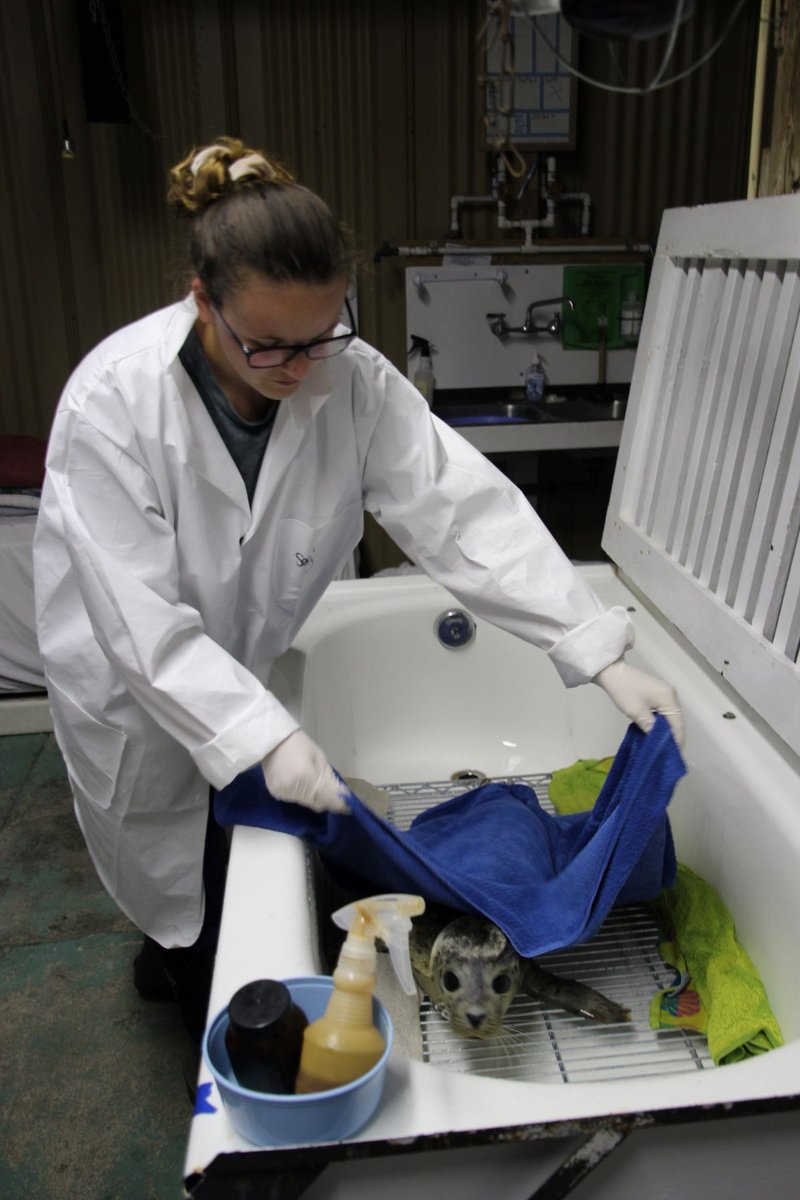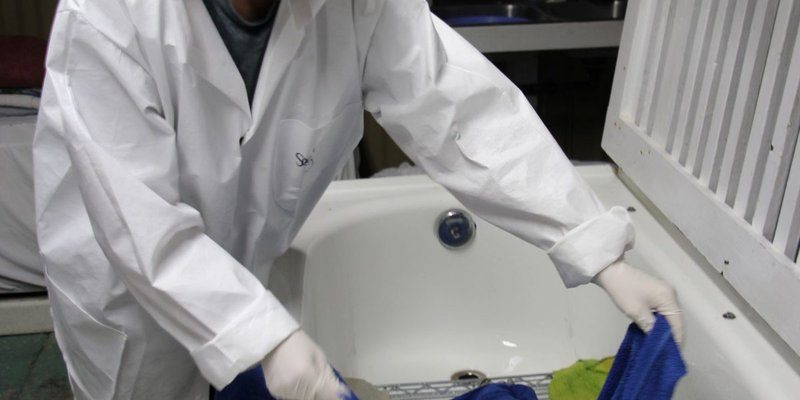
When an animal comes to a wildlife rehabilitator with wolf worms, the team has to act quickly and carefully. The process involves understanding how these worms affect wildlife, developing effective treatment plans, and ultimately ensuring the animal can return to the wild healthy and happy. Let’s dive into how these dedicated professionals handle the tricky problem of wolf worms and what it means for the creatures they help.
What Are Wolf Worms?
Wolf worms are the larvae of the *Cuterebra* genus of botflies. They usually find their way into the bodies of animals, typically through an open wound or when they come into contact with the larvae in the environment. Imagine a tiny creature that burrows into the skin, causing discomfort and potential health complications. When this happens in wolves, it can lead to severe infections or other serious issues.
You might be wondering how common these parasites are. While they primarily affect wild canids like wolves and coyotes, any animal that spends time outdoors can be at risk, including pets. That’s why wildlife rehabilitators keep a keen eye out for signs of infestation. Early detection is key to successful treatment.
Signs of Wolf Worm Infestation
Recognizing the signs of wolf worms is crucial for wildlife rehabilitators. Some common symptoms to look out for include:
- Visible lumps under the skin, often mistaken for abscesses
- Foul-smelling discharge from the affected area
- Behavioral changes, like increased irritability or withdrawal
- Loss of appetite or difficulty eating
If a rehabilitator sees these symptoms, it’s a red flag. They’ll often conduct a thorough physical examination to determine if wolf worms are the culprit. Early diagnosis can make a big difference in treatment outcomes, allowing the animal to heal faster and return to the wild.
How Wildlife Rehabilitators Treat Wolf Worms
When a wildlife rehabilitator identifies a wolf worm infestation, the treatment process begins. Here’s how it generally goes:
1. **Anesthesia**: Depending on the animal’s condition, the first step might involve anesthetizing the creature to ensure it stays calm and still during the procedure.
2. **Extraction**: Using sterile tools, the rehabilitator carefully removes the larvae from the animal. This can be tricky work, as they must ensure the entire larva is taken out to prevent further infection.
3. **Cleaning and Disinfecting**: Once removed, the area is cleaned thoroughly to prevent any infections. This is a bit like cleaning a wound; you want to ensure it’s sterile to promote healing.
4. **Post-Operative Care**: After the extraction, rehabilitators monitor the animal closely. They provide antibiotics if necessary to prevent or treat infections and observe the animal for any signs of adverse reactions.
Honestly, it’s a delicate balance between providing immediate relief and ensuring the animal can thrive in the wild once it’s released.
The Role of Preventive Care
Prevention is always better than cure. Wildlife rehabilitators often educate the public about the risks of wolf worms and how to minimize them. Here are some ways they promote preventive care:
– **Public Awareness**: They spread information about keeping pets safe, such as limiting outdoor exposure during peak fly activity.
– **Habitat Management**: Encouraging natural habitats that are less conducive to botfly reproduction can help keep wildlife safe.
– **Regular Health Check-ups**: Just like a doctor visit, regular health checks for wildlife can catch problems early.
By focusing on prevention, wildlife rehabilitators can help reduce the incidence of wolf worms and ensure healthier ecosystems.
Challenges in Rehabilitation
Dealing with wolf worms isn’t just about the medical part. Wildlife rehabilitators face several challenges, including:
– **Limited Resources**: Not all facilities have the tools or funding to treat severe infestations effectively.
– **Time Constraints**: Many animals come in with multiple issues, and rehabilitators must prioritize their time carefully.
– **Stigmas**: Sometimes, public misconceptions about parasites can lead to a lack of support or understanding.
These factors can complicate their work, but the dedication to preserving wildlife makes it all worthwhile.
Success Stories and Impact
Even with the challenges, there are many success stories in wildlife rehabilitation. Many animals affected by wolf worms make full recoveries thanks to the hard work of these professionals. For example, rehabilitated wolves are often released back into their natural habitats, where they play vital roles in their ecosystems.
Think about it: one healthy wolf can impact an entire area, influencing prey populations and even vegetation growth. Each successful rehabilitation can create a ripple effect, improving the balance in nature.
Wildlife rehabilitators play a crucial role in protecting our natural world, especially when it comes to issues like wolf worms. Their work not only helps individual animals recover but also contributes to the broader health of ecosystems. By treating these parasites and promoting preventive care, they ensure that wildlife can thrive.
So, next time you hear about wildlife rehabilitation, remember the challenges they face and the incredible work they do. They’re the unsung heroes working behind the scenes to keep our wildlife safe and healthy. Whether it’s dealing with wolf worms or another challenge, their commitment makes a significant difference in the lives of animals and the environment we all share.

